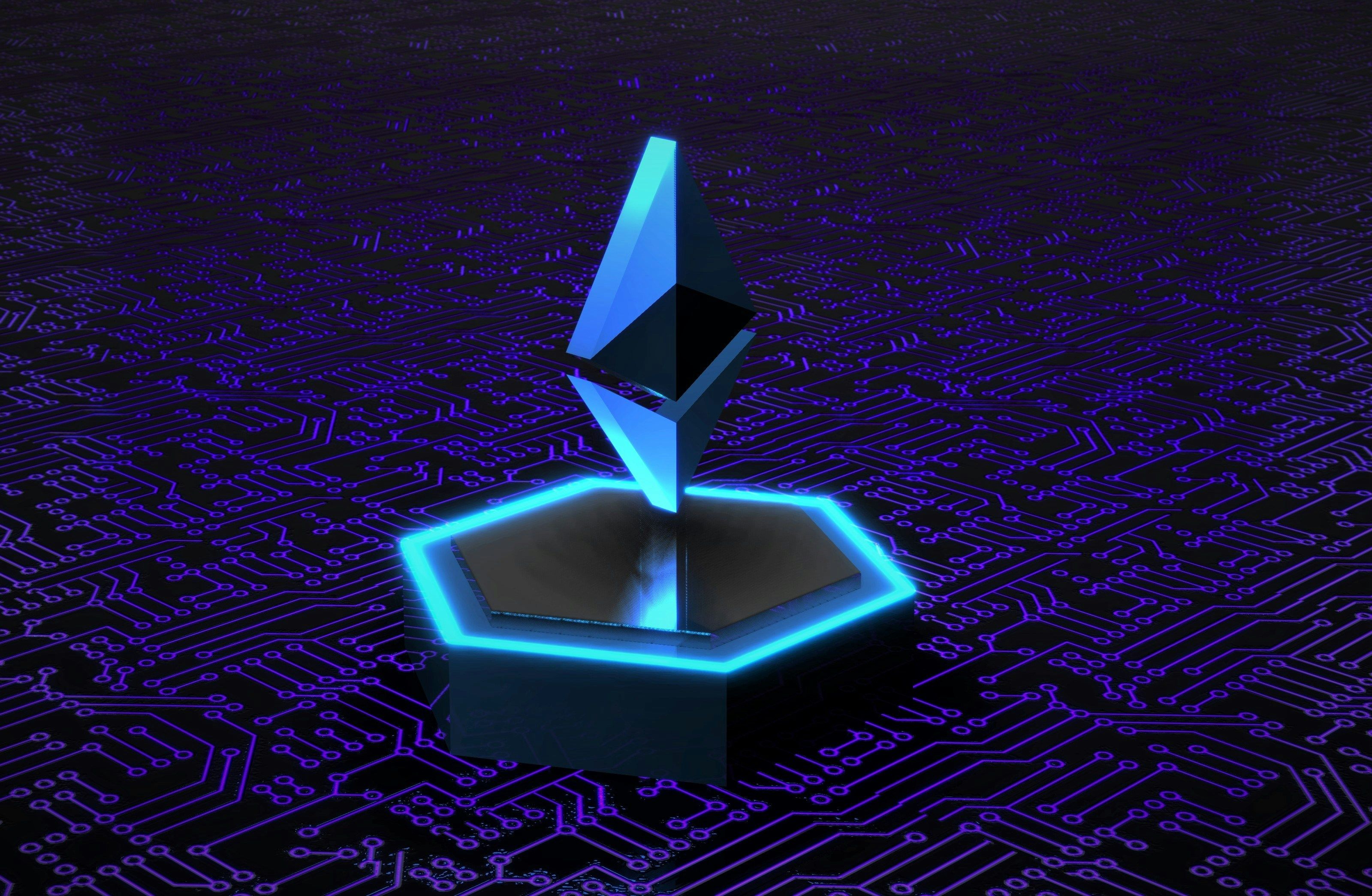Three blockchain and Web3 developer tech trends

Written by editor James Bourne
For blockchain and Web3 developers, 2025 is set to be a year where improvements in blockchain technology and changes to the regulatory environment will collide.
The blockchain developer ecosystem remains strong. According to the 2024 Crypto Developer Report from asset management firm Electric Capital, while the total number of developers in the space is marginally down, the number of established developers ' those in crypto for two years or more ' is growing 27% year on year and are responsible for 70% of code commits.
The maturity of the space can be seen in how it crosses continents and chains. The US remains the most populous country for crypto developers but its share has dropped by a fifth over the past decade, with Asia now the most populous continent overall. Whereas fewer than one in 10 crypto developers worked on multiple chains in 2015, now it is a third.
This article explores three trends, technologies and innovations in blockchain, crypto and Web3 development which can be seen this year.
Ethereum 2.0 and enterprise blockchain
The move from proof-of-work-centric Ethereum 1.0 to a proof-of-stake Ethereum 2.0 consensus mechanism has been long in the making. Writing in October, Vitalik Buterin noted one of the primary goals for The Surge ' the next phase of Ethereum's roadmap ' included more than 100,000 transactions per second across layer 1 and layer 2 protocols (L2s), as well as greater interoperability between L2s.
According to Electric Capital, Ethereum L2s have grown 64% annualised since the launch of Ethereum L2 scaling solution Arbitrum in 2021. More than half (56%) of Ethereum developers now work on L2s, up from 25% in 2022.
For developers, Ethereum 2.0 supports a wide variety of programming languages, including Rust and Go. Solidity, meanwhile, is designed specifically for writing smart contracts. According to Solidity's most recent developer survey, three quarters of those polled said the developer experience had improved over the past year. Almost two thirds of respondents use the language outside of Ethereum mainnet and testnets. Polygon, Arbitrum and Optimism were the most popular other networks where smart contracts were deployed.
Today's L2s have another potential benefit, as Buterin noted in a January blog post. Organisations such as Soneium, which launched in August with Optimism and Chainlink among its partners, are building a public Ethereum L2 next-generation blockchain ecosystem. The goal is to 'empower developers, creators, and communities with a robust, developer-friendly environment backed by scalable technology.' And as Buterin observed: ''The 'enterprise blockchain' movement, widely viewed as a dead end after the failure of consortium blockchains in [the] 2010s, is coming back to life with L2s.'
Stablecoins
Usage of stablecoins ' cryptocurrencies designed to mimic the value of a currency, frequently the US dollar ' is at an all-time high. The Electric Capital report puts it at $196bn ('155.2bn) in circulating supply, and $81bn in daily transaction volume. 59% of stablecoins are issued onto Ethereum, with Tether the most issued stablecoin at 72%.
Not surprisingly with a growing ecosystem, many see typical signs of maturity as part of their forecasts for 2025. Tether's own journey to accountability and financial transparency is indicative. From the provider's initial steps partnering with accounting firm BDO in 2022, the latest reserve reports show a surplus of around $7bn. The regulatory landscape is also shifting; Tether is reported to be working with US authorities to construct federal-level stablecoin policies, while at the same time the provider has been excluded from the European Union's latest MiCA (Markets in Crypto Assets) approvals.
For developers, real-world applications for stablecoins are becoming increasingly rich and diverse. While stablecoins can be used as a medium of exchange, a store of value, or a trading asset, expect 2025 to see greater corporate use case adoption, such as payroll and supply chain payments. Two in three crypto payrolls in 2024 were settled using stablecoins.
Ripple meanwhile has touted the advantages of stablecoins for real-world tokenization as more assets move on-chain. Applications such as collateral management could be ideal for fiat-backed stablecoins, the company said.
AI and IoT
There is evident synergy between blockchain and AI technologies, as well as blockchain and the Internet of Things (IoT), upon which developers can capitalise.
AI can impact blockchain in terms of security and scalability, as well as trading capability. A report from Prove AI ' formerly Casper Labs ' explores this convergence in more detail. 71% of the more than 600 businesses polled said they viewed blockchain and AI as complementary technologies. More than half of respondents said their primary use of blockchain was in supporting AI operations. 'Blockchain enables better training of AI models while also serving as a guardrail to accelerate the safe adoption of AI that business leaders hope for,' the report noted.
Blockchain can also impact AI. Startups such as Cortensor are looking to build out decentralized AI inference, distributing AI inference across a global network of nodes, enabling greater resilience ' and less reliance on the big cloud providers. Stablecoins could be the ideal vehicle for facilitating payments between AIs. 'Bot-to-bot' transactions, such as bookings and confirmations, will increase in consumer-facing applications.
The potential for 'decentralized IoT', alongside the benefits with AI of not relying on centralized servers, is immense with regard to applications across the supply chain. The in-built trust for IoT data can be beneficial in use cases with multiple stakeholders, such as freight transportation and component tracking, as well as with smart applications in area such as smart cities and industrial automation.
)
)
)